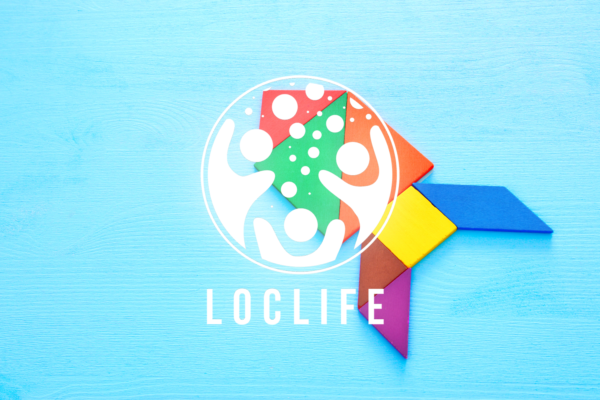
What are some strategies, tactics and resources we can use to achieve positive results in business, relationships and life? With the second session of LocLife behind us, we move onto session three, where we’ll share experiences and explore the journey of personal and professional development. Register now to join the online discussion hosted by Acclaro, on October 21st at 12:15 p.m. EDT.
From those just starting out in the localization industry to the veterans who’ve seen it all, Live & learn: ways to unleash your potential will delve into ways we can continue to learn from each other, how to achieve work/life balance, and the academic or self-study resources we can use along the way.
Unite with members of the localization community as Acclaro’s global brand champion Javi Diaz moderates our third session of the series, featuring leading industry panelists:
- Carrie Fischer, manager of globalization services at Subway & manager/program director global community at Women in Localization
- Zak Haitkin, program manager, localization at Lyft
- Jan Hinrichs, founder of Beluga & LocLunch™
- Patricia Gómez Jurado, head of content design at King
You won’t want to miss out on these enlightening perspectives. Learn how you can apply their insights to your life. Sign up today!

Power your strategic growth
Go beyond tactical localization with tailored, strategic solutions that resonate locally and drive growth globally.
Get started
